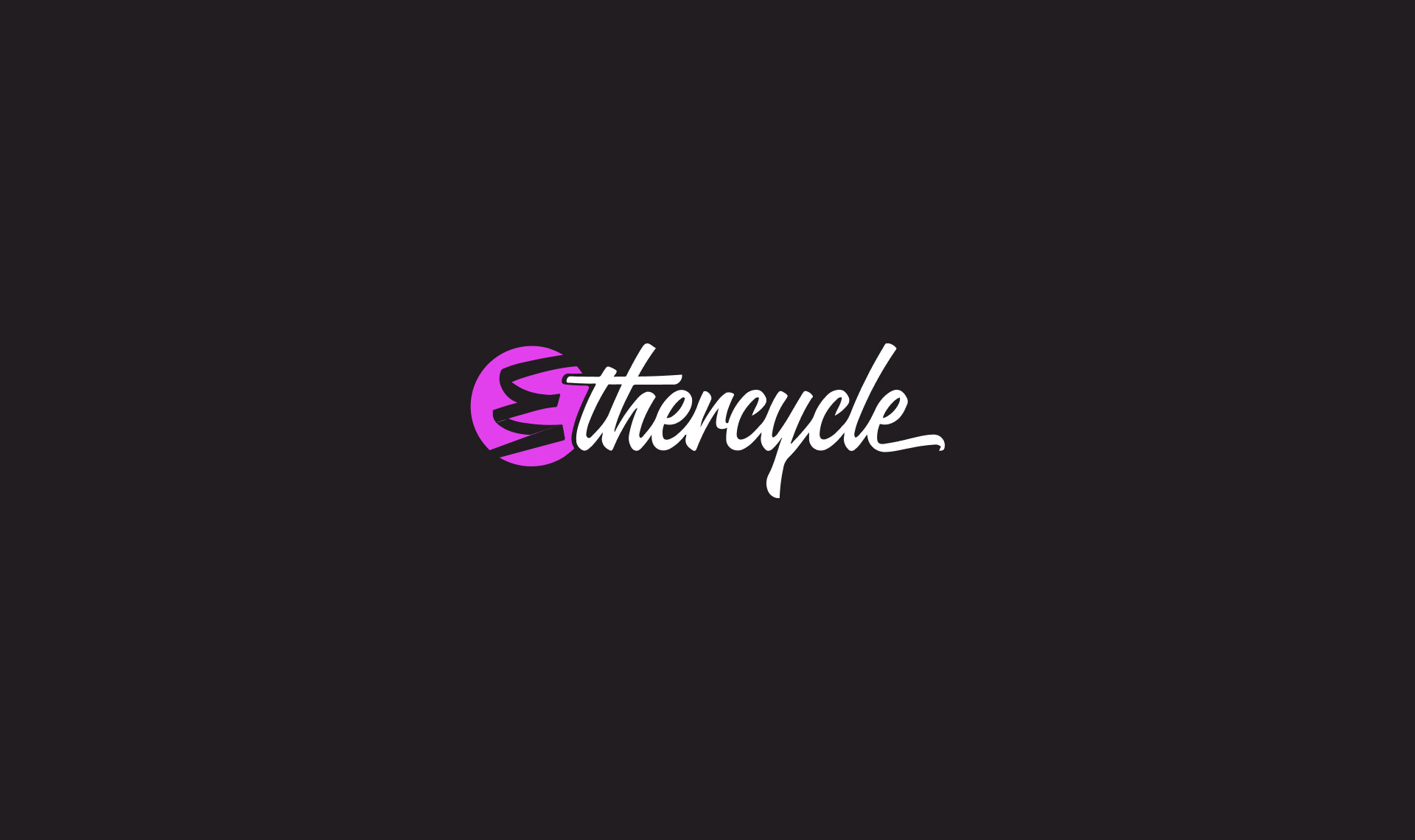
This is a guest post by Michael Bower who joined us in season of The Unofficial Shopify Podcast. He's spent twelve years running and servicing ecommerce companies, which means Michael gets the growing pains merchants feel. We're big fans of his offering BLLD ME.
I just learned a great stat from RJMetrics: In the average ecommerce store, the top 1% of customers spends 30x more than the average customers!
RJM expanded on this in their white paper report. I was so excited about this I got their permission to link directly to it.
30x more spending above average. That's an insane amount!
This is similar to a phenomena I first noticed years ago when working with a nonprofit client— most of their revenue consistently came from a few donors.
This is a great example of Pareto's Principle in action. I'm sure you've heard of it, it's often called the 80/20 rule. 80% of your revenue comes from 20% of your customers. Those are your VIP customers. You want to segment them in your marketing and customer service and give them preferential treatment because they're the most important to your business.
Rather than try to find and court new VIP customers, you'd be better off saying thank you to your known VIP customers by providing them with additional value.
Some quick wins you should try:
- Make smart, personalized recommendations to your top 1% (if it's an automated or batch email, make it look like it was crafted just for them. Klaviyo can do this.)
- Segment them and reach out to them with special "VIP" offers.
- Show your appreciation by giving them the occasional freebie. Offer upgraded shipping, free sample of other products, promotional swag, whatever makes sense. Just something to say thank you.
As a brand, it's hard to have a one-to-many relationship. By identifying and segmenting your top VIP customers, you may be able to reach out to them personally and build a 1:1 relationship with them. Depending on the volume of your business, this could be 20% of your customers, or 2%, you should be doing it.
